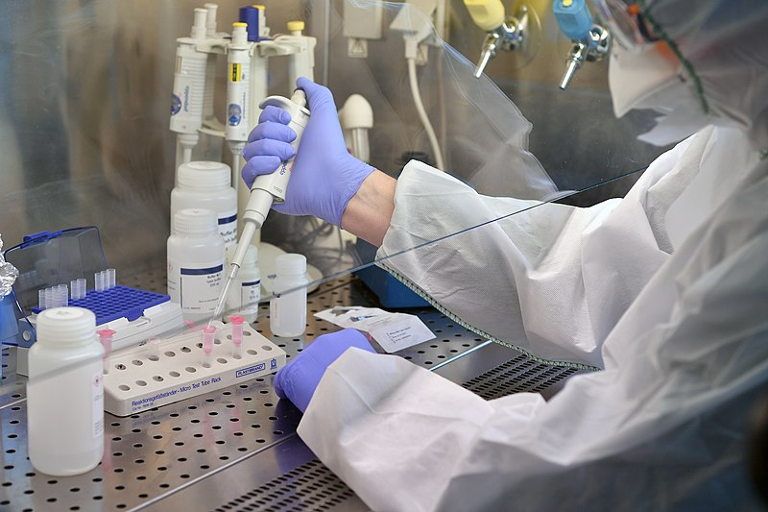I do not claim to know where the COVID-19 virus originated. And, I don’t think we will ever know for sure. But claims and counterclaims about its origin highlight a systemic problem that goes far beyond the details of this debate. In this case, those positing a possible laboratory origin believe that scientists manipulating coronaviruses for research purposes may have carelessly let one of their altered viruses infect them. The scientists then unknowingly carried the virus out of the lab and into the streets of China.
What’s important about this scenario—and again, we have no definitive evidence it happened—is that it could occur in any of the special laboratories worldwide which study dangerous infectious diseases. A recent report highlighting the problem listed 59 biosafety level 4 labs (the highest level), a tally that includes those planned and under construction. Some 42 are believed to be currently operating. These labs “are designed and built to work safely and securely with the most dangerous bacteria and viruses that can cause serious diseases and for which no treatment or vaccines exist.” (For a very brief primer on biosafety levels, read this.)
So, how closely are these labs monitored? The report continues, “There is, however, currently no requirement to report these facilities internationally, and no international entity is mandated to collect such information and provide oversight at a global level. Moreover, there are no binding international standards for safe, secure, and responsible work on pathogens in maximum containment labs.”
Only one lab needs to make one mistake with a serious and easily communicable disease for which there is no treatment to inflict a catastrophe on the world population.
The key element not present in other risky pursuits is that viruses and bacteria self-propagate, that is, they reproduce themselves independently of our efforts, thus spreading themselves in human populations. And, that spread is something that we’ve made so exceptionally efficient in our hyperconnected world that infectious micro-organisms will be forgiven for believing that our modern societies were designed by a virus for the convenience of viruses and other infectious agents.
In all the furor over laboratory safety, few people understand that we have taken other organisms genetically altered by humans and intentionally spread them worldwide with virtually no safety testing beforehand. These organisms are called genetically engineered crops and animals. We are now undergoing a global uncontrolled experiment to see how they affect 1) the health of humans and animals to which we are feeding these crops and 2) habitats which are impacted by the spread of novel engineered genes to wild and domesticated plants through pollen.
The champions of this kind of unbridled risk-tasking cannot guarantee that there will no catastrophic consequences. But they do say that the risk of any real and significant problem is a million to one—or some such number.
First, only closed games of chance such as roulette can ever offer such statistical measurements for risk because all the variables are known. Second, even events that are rare happen if enough opportunities arise. In a game of Russian roulette, a hypothetical gun with a million bullets in its chambers will in all likelihood not kill you if you pull the trigger once or twice. But if you pull it one million times, you will almost certainly perish. And, that is what we are doing in the field of genetically modified organisms which carry with them the risk of systemic ruin because they are self-propagating and because we have deployed them worldwide. Now, we are pulling the trigger on a daily basis hoping that nothing really bad happens.
Both biosafety labs and genetically engineered crops and livestock create the possibility of catastrophic systemic ruin for human societies. Even though we take the former less seriously than we should, we recognize the possibility of ruin resulting from carelessness. The possibility of ruin caused by the effects of genetically engineered crops barely registers as a concern in our society.
The world has already experienced a lot of people contracting and dying from the Ebola virus in very short order. We don’t need convincing that Ebola and other similar infectious agents are dangerous. But general societal ruin resulting from the effects of genetically engineered organisms used for food and fiber may happen slowly at first and only after a considerable period catastrophically undermine our food system.
Both cases above are examples of biohazards. We should keep that in mind the next time the media touts another advance in genetic engineering.
Photo: A molecular biologist prepares the extraction of the COVID-19 virus genome for real time RT-PCR testing. Photo by Dean Calma / IAEA (2002) https://commons.wikimedia.org/wiki/File:Extraction_of_the_Virus_Genome_(05810994)_(49868945293).jpg






